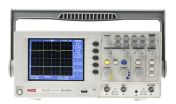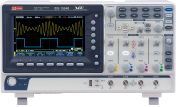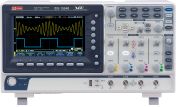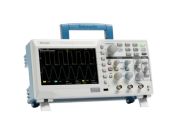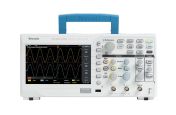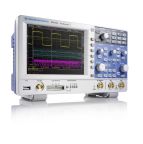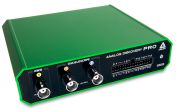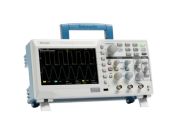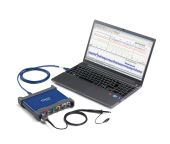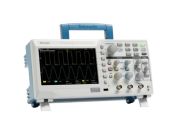50MHz oscilloscope
Compare Product Details |
|---|
Each £397.85(exc. VAT) |
Each £378.58(exc. VAT) |
Each £731.12(exc. VAT) |
Each £520.85(exc. VAT) |
Each £833.12(exc. VAT) |
Each £867.62(exc. VAT) |
Each £488.85(exc. VAT) |
Each £376.73(exc. VAT) |
Each £450.46(exc. VAT) |
Each £485.81(exc. VAT) |
Each £866.88(exc. VAT) |
Each £560.54(exc. VAT) |
Each £487.48(exc. VAT) |
Each £322.19(exc. VAT) |
Each £1,169.87(exc. VAT) |
Each £608.17(exc. VAT) |
Each £464.00(exc. VAT) |
Each £1,045.35(exc. VAT) |
Each £496.00(exc. VAT) |
Each £413.19(exc. VAT) |
Popular Searches
- 1GHz oscilloscope
- 100MHz Analogue Oscilloscope
- 100MHz Digital Storage Oscilloscope (DSO)
- 100 MHz Oscilloscopes
- 100MHz 2-Channel Oscilloscope
- 16 channel oscilloscope
- 200MHz oscilloscope
- 200MHz 4-channel Oscilloscope
- 20MHz oscilloscope
- 2 channel oscilloscope
- 350MHz oscilloscope
- 40MHz oscilloscope
- 4-Channel 100MHz Oscilloscope
- 4 Channel Oscilloscopes
- 50MHz oscilloscope
- 500MHz oscilloscope
- 500MHz 4-Channel Oscilloscope
- 60MHz oscilloscope
- Digital Oscilloscope 100MHz
- Digital Storage Oscilloscope
- Handheld Oscilloscopes
- Keysight 100MHz Oscilloscope
- Mixed Signal Oscilloscopes
- Picoscope 4 Channel
- 100MHz USB Oscilloscope
- 8 channel oscilloscope
- 200MHz 2-Channel Oscilloscope
- Analogue Oscilloscopes
- Automotive Oscilloscopes
- Digilent Oscilloscopes
- Digital Oscilloscopes
- Mixed Domain Oscilloscopes
- Digital Phosphor Oscilloscopes
- Fluke Oscilloscopes
- Fluke Scopemeters
- 120B Series - ScopeMeters
- Keysight Oscilloscopes
- Mini Oscilloscopes
- Oscilloscope Calibration
- PC Oscilloscopes
- Portable Oscilloscopes
- Rohde & Schwartz Oscilloscopes
- Tektronix Oscilloscopes
- Picoscopes
- Digital Sampling Oscilloscopes
- Tektronix 100 MHz Oscilloscope
- 1000 X Series
- Analog discovery 2
- PicoScope 2000
- PicoScope 3000
- PicoScope 4000
- PicoScope 5000
- TBS1000C Series
- 4000HD Series
- USB Oscilloscopes
- Bench Oscilloscopes
- RTB2000 Series
- RS PRO Oscilloscopes
- bk precision oscilloscopes
- metrix oscilloscopes
- teledyne lecroy oscilloscopes
Be the first to know about our latest products and services
Join our mailing list today:
The personal information you provide to us when signing up to the mailing list will be processed in line with our privacy policy.

